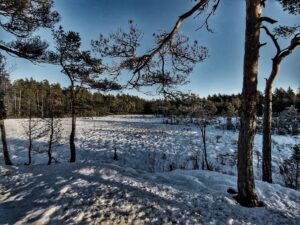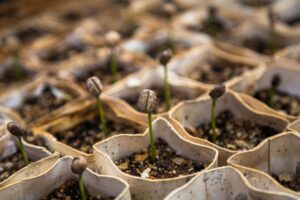In our garden, mastering the art of composting can be a game-changer. “What Is The Difference Between Green And Brown Compost Materials?” unravels the essential roles that these two types of materials play in creating nutrient-rich compost. We delve into the specifics of what makes green materials, such as fruit scraps and grass clippings, different from brown materials like leaves and straw. Understanding this balance is crucial for anyone looking to turn kitchen and yard waste into gardening gold. Have you ever wondered what the difference is between green and brown compost materials? You’ve probably heard these terms thrown around in discussions about composting, but understanding what they actually mean can really boost our composting game. Composting is a natural way to recycle organic matter, turning our kitchen scraps and yard waste into valuable nutrient-rich soil. Let’s dive into the specifics of green and brown compost materials and break down why knowing the difference is essential for creating that perfect compost blend.
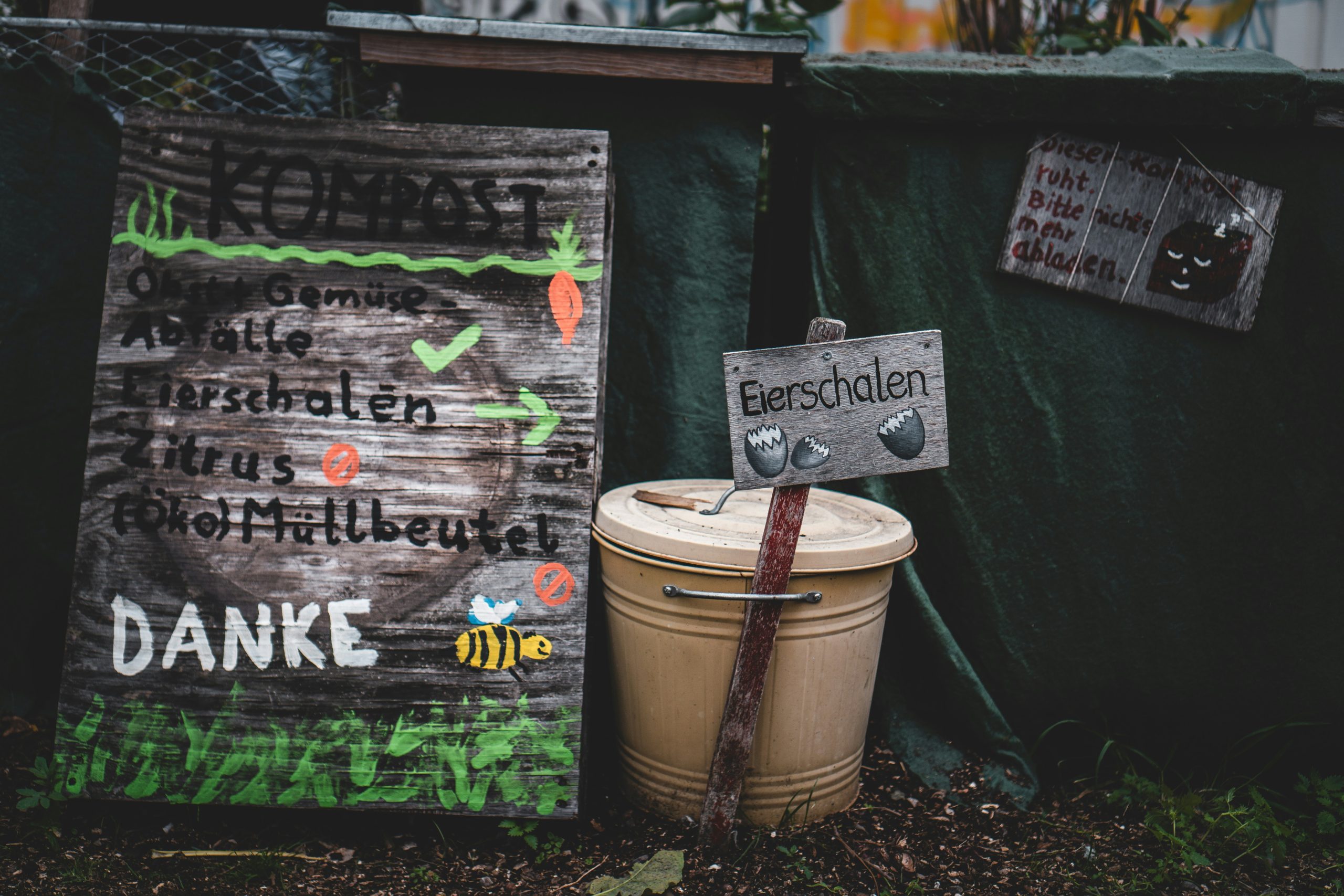
What Are Green Compost Materials?
Green compost materials are rich in nitrogen, an essential nutrient for the growth of microorganisms in our compost pile. These materials tend to be wet, soft, and fresh. Some common examples include kitchen scraps like fruit and vegetable peels, coffee grounds, and grass clippings.
| Type of Green Material | Examples |
|---|---|
| Kitchen scraps | Vegetable peels, fruit scraps, coffee grounds |
| Yard waste | Grass clippings, fresh leaves |
| Other | Manure, green plant trimmings |
Green materials decompose quickly, which is why they play a crucial role in generating heat within the compost pile. This heat is necessary for breaking down organic matter.
Kitchen Scraps
When we talk about green kitchen scraps, we’re referring to fresh, moist items. Think about those onion peels or the leftovers from our morning coffee. These materials add nitrogen to our compost pile, which fuels the microorganisms that break down organic matter into rich compost.
Yard Waste
Freshly cut grass and green plant clippings are prime examples of green yard waste. Because they’re high in nitrogen, these materials help accelerate the composting process. It’s best to use these materials in moderation to prevent the compost from becoming overly wet and muddy.
Manure
Manure from herbivorous animals like cows, horses, and rabbits is another great source of nitrogen. However, we should avoid pet waste from cats and dogs because they can contain harmful pathogens. Always ensure the manure is well-rotted and not fresh before adding it to the compost.
What Are Brown Compost Materials?
Brown compost materials, on the other hand, are rich in carbon. They are typically dry and hard, providing the necessary structure and aeration to our compost pile. Brown materials decompose more slowly and include items like dried leaves, straw, and cardboard.
| Type of Brown Material | Examples |
|---|---|
| Dry leaves | Fall leaves, pine needles |
| Cardboard and paper | Newspaper, cardboard strips, paper towels |
| Wood materials | Sawdust, wood chips |
The balance between green and brown materials is critical to ensure efficient composting. Browns help to absorb excess moisture and keep the compost pile airy, which is important for aerobic decomposition.
Dry Leaves
Fallen leaves, especially those gathered in the fall, are excellent brown materials. They are abundant and easily collectable. Be sure to shred them for quicker decomposition and easier balancing with green materials.
Cardboard and Paper
Recycling our old newspapers and cardboard boxes can contribute to our compost pile. Tear them into small pieces to encourage faster breakdown. Stick to uncoated paper products, as glossy or colored papers may contain harmful chemicals.
Wood Materials
Materials like sawdust and wood chips offer a good carbon source. However, we must ensure they are clean and untreated. Treated wood can leach harmful chemicals into our compost.
The Importance of the Green-to-Brown Ratio
A successful compost pile requires a balance between green and brown materials, typically in a ratio of around 1:3, meaning one part green to three parts brown. This balance ensures a favorable environment for the microbes that break down the organic matter.
| Ratio | Materials | Description |
|---|---|---|
| 1:3 | Greens:Browns | Optimizes microbial activity |
| Too much green | Greens > Browns | Can lead to a wet, smelly pile |
| Too much brown | Browns > Greens | Slows down the decomposition |
Finding the Right Balance
Balancing green and brown materials prevents issues like bad smells, which usually result from too many greens, or slow decomposition from an excess of browns.
Issues with Imbalance
- Too Many Greens: Can lead to a slimy, foul-smelling pile because of anaerobic conditions.
- Too Many Browns: Results in a dry, slow-to-decompose pile because the microbes lack sufficient nitrogen.
The Science Behind Composting
Composting is a scientific process where microorganisms, such as bacteria and fungi, break down organic materials. For efficient composting, these microorganisms need four key components: nitrogen, carbon, oxygen, and moisture.
Microbial Activity
Microorganisms thrive when they have a balanced diet of green and brown materials. Nitrogen from greens promotes the growth and reproduction of these bacteria, while carbon from browns provides energy. Together, they facilitate the aerobic decomposition process.
Aeration and Moisture
Proper aeration and moisture levels are essential for the composting process. Too much moisture can lead to anaerobic conditions, while too little can slow down decomposition. By alternating layers of green and brown materials, we can maintain a balance that supports microbial life.
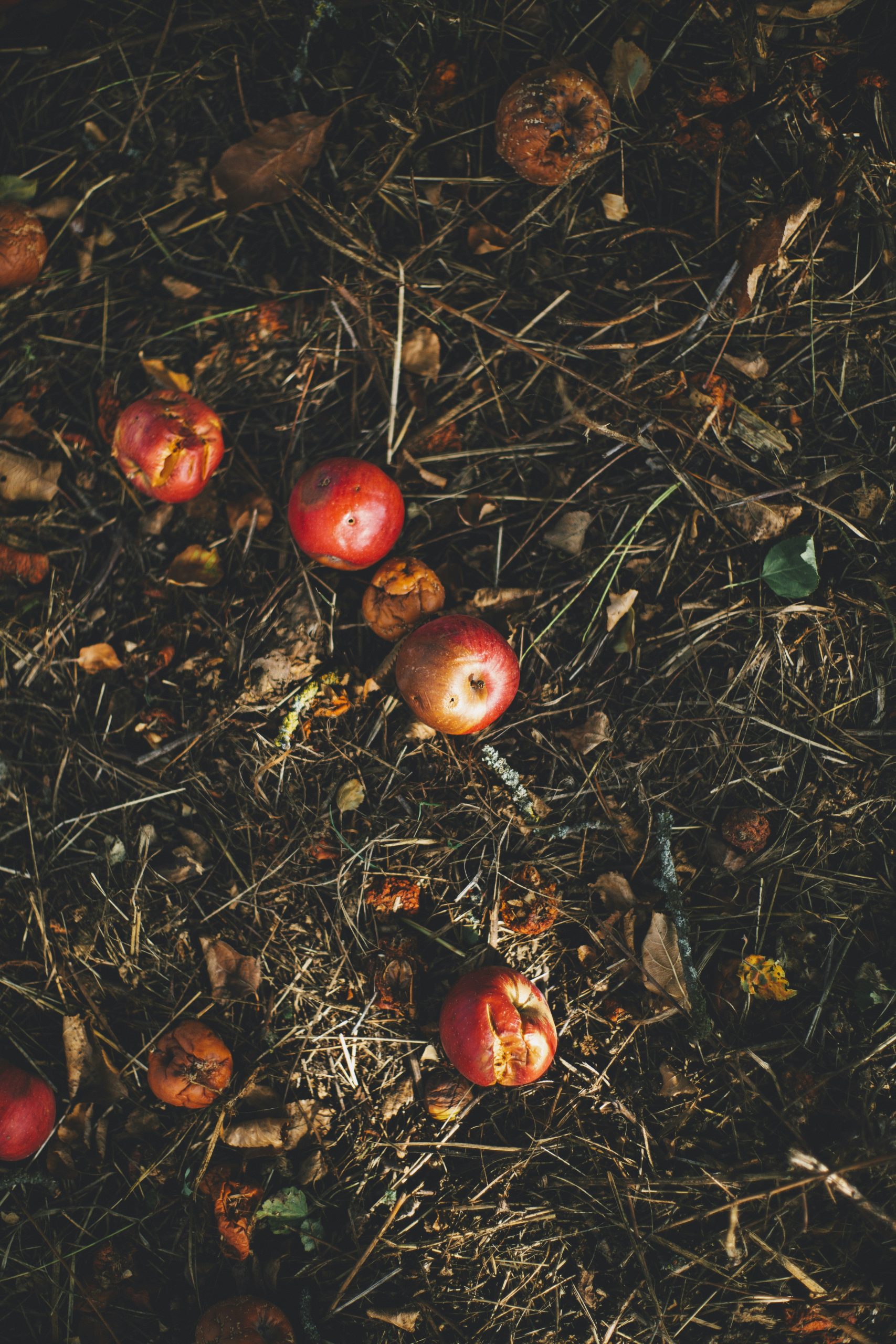
Tips for Effective Composting
Effective composting involves knowing what to add, the right ratio, and proper aeration. Here are some practical tips:
Layering Technique
Alternate layers of green and brown materials to maintain the balance. Start with a layer of browns to support aeration and follow with greens to kickstart the composting process.
Turning the Pile
Regularly turning the compost pile introduces oxygen and helps mix the materials, ensuring even decomposition. Aim to turn the pile every 1-2 weeks.
Moisture Control
Keep your compost pile as damp as a wrung-out sponge. If it’s too dry, add water, or if it’s too wet, add more brown materials.
Common Composting Mistakes
We all make mistakes, but in composting, a few common errors can really set us back. Here are a few pitfalls to avoid:
Avoid Adding Meat and Dairy
Meat and dairy products attract pests and produce foul odors as they decompose. Stick to plant-based food scraps and yard waste.
Beware of Yard Waste Treatments
Avoid using materials that have been chemically treated, such as certain grass clippings or wood scraps. Pesticides and chemicals can disrupt the composting process.
Overloading One Type of Material
Adding too much of one type of material (either green or brown) disrupts the balance. Always try to match your green and brown additions to maintain the optimal ratio.
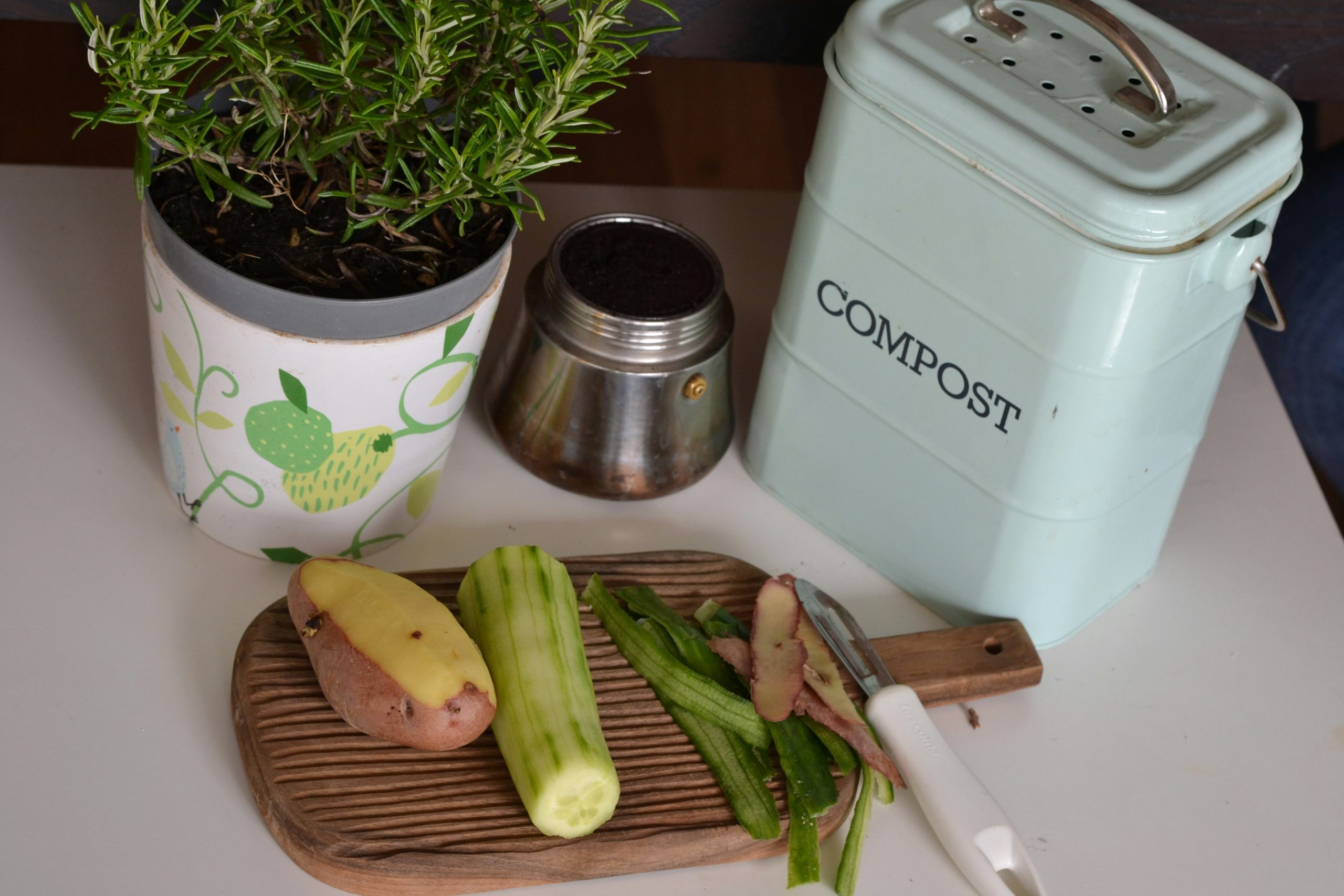
Troubleshooting Common Compost Problems
Even with the best practices, issues can arise. Here’s how to troubleshoot common problems:
Foul Odors
If your compost pile smells bad, it’s likely too wet or has too much nitrogen-rich material. Add more browns and turn the pile to increase aeration.
Slow Decomposition
If the compost isn’t breaking down, it could be too dry or it’s lacking nitrogen. Check moisture levels and add green materials if necessary.
Pests
Unwanted pests can be deterred by avoiding meat and dairy and ensuring that food scraps are well-covered by brown materials.
Benefits of Using Compost
Creating our own compost has numerous advantages:
Improves Soil Structure
Compost improves soil structure, enhancing its ability to retain moisture and nutrients.
Reduces Waste
Composting reduces the amount of organic waste sent to landfills, lowering our environmental footprint.
Provides Nutrients
Homemade compost is nutrient-rich and acts as a natural fertilizer, promoting healthy plant growth.
Sustainable Gardening
Using our own compost leads to more sustainable gardening practices, reducing reliance on chemical fertilizers.
Creative Ways to Use Finished Compost
Once we have our rich, finished compost, the possibilities are endless:
Garden Beds
Mix compost into garden soil to enhance its structure and nutrient content.
Potting Mix
Blend compost with other materials to create a nutrient-dense potting mix for container plants.
Lawn Top Dressing
Sprinkle compost as a top dressing on our lawn to promote grass health and soil structure.
Mulch
Use compost as a mulch to retain moisture in garden beds and suppress weeds.
Compost Tea
Create compost tea by steeping compost in water for a liquid fertilizer that can be used to nourish plants.
Conclusion
Understanding the difference between green and brown compost materials is the foundation of successful composting. By balancing nitrogen-rich greens with carbon-rich browns, we can create an optimal environment for the microorganisms that turn our waste into valuable compost. With these insights, not only can we improve our gardening practices, but we can also contribute to a more sustainable planet.
So next time we find ourselves with a pile of vegetable scraps or autumn leaves, we’ll know exactly how to turn them into garden gold.

